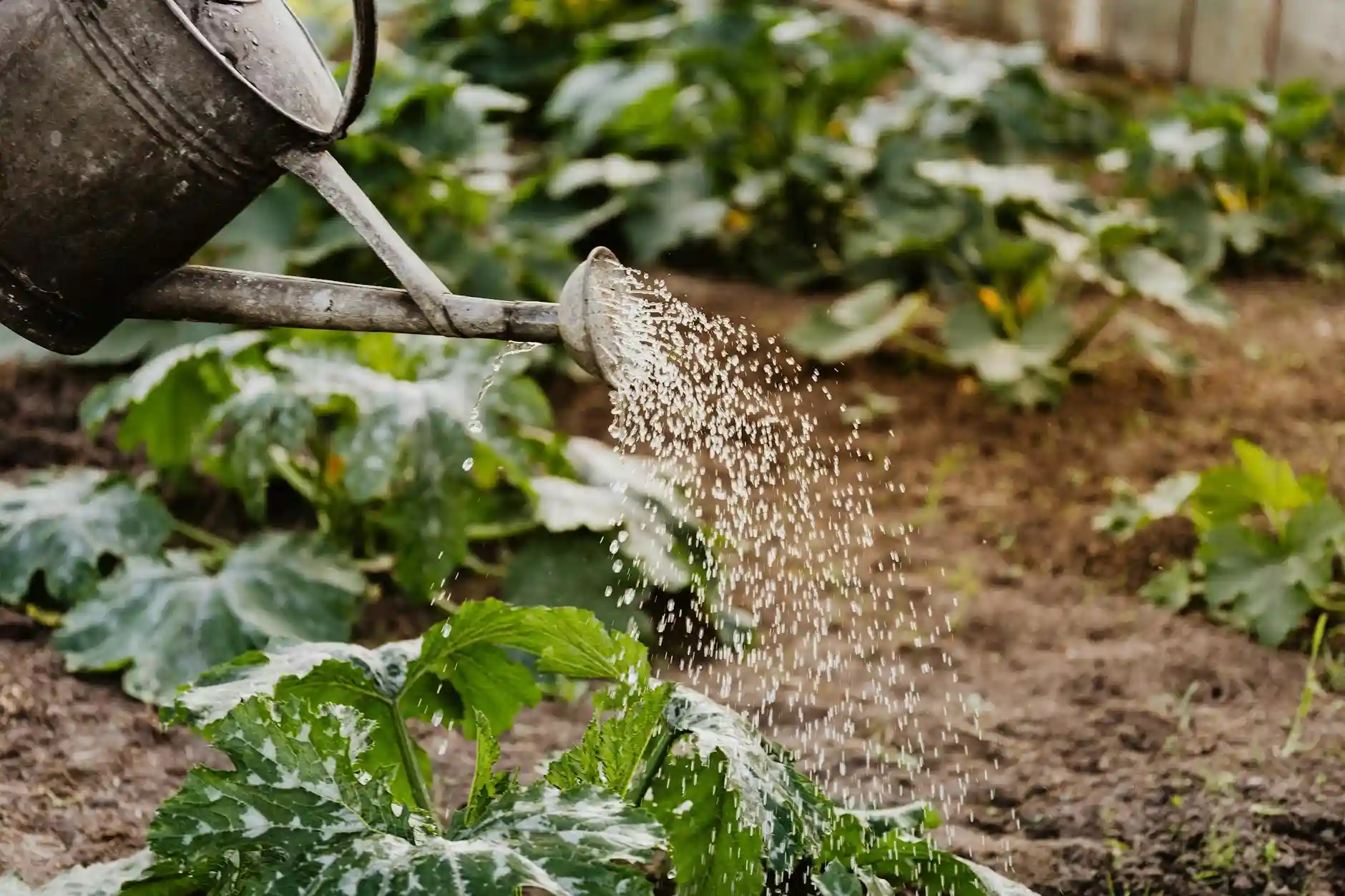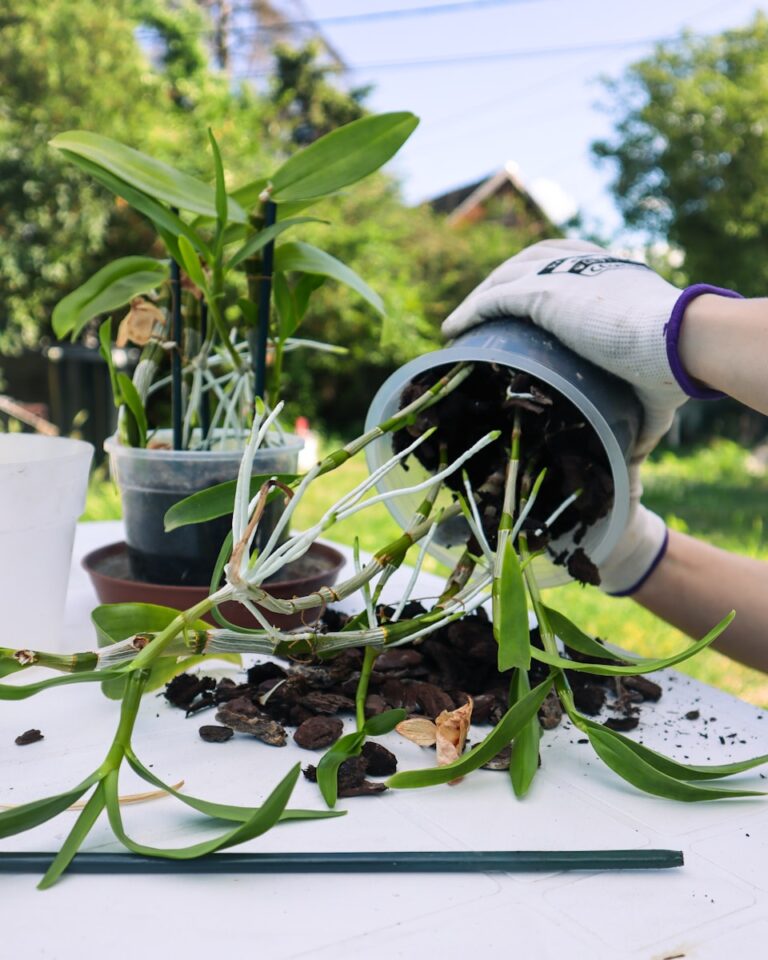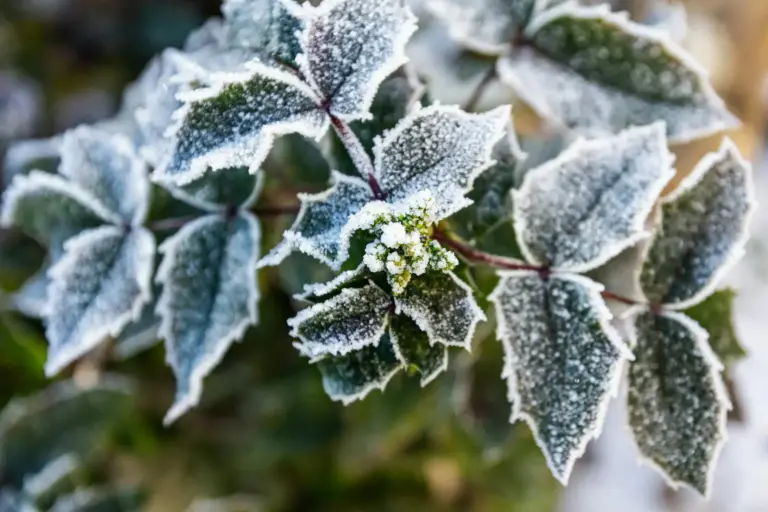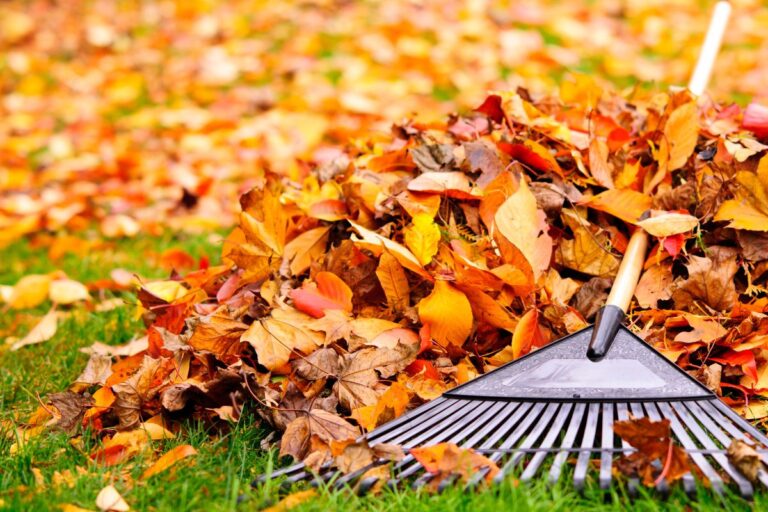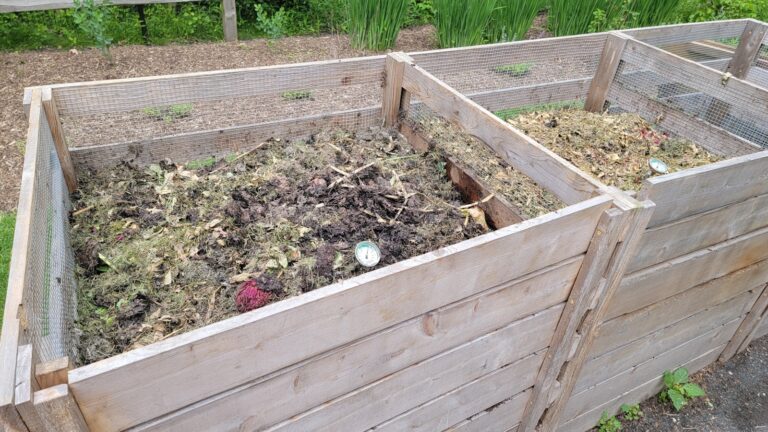Summer Watering Tips to Keep Your Garden Thriving
Keeping your garden healthy through the hot summer months can be challenging, but with the right watering strategy, you can make a big difference. The key is to water deeply and less often, focusing on the base of your plants to encourage strong root growth while avoiding wetting the leaves. This approach helps your garden stay hydrated without wasting water or causing disease.
Timing matters, watering during the early morning or late afternoon reduces water loss to evaporation and ensures your plants absorb the moisture they need. You’ll also want to adjust how often you water based on your garden’s specific needs and the weather, especially during heat waves.
By paying attention to these simple tips, you’ll help your garden stay vibrant and healthy all summer long. Taking a little extra care now means your plants will reward you with better growth and harvest.
Understanding Your Garden’s Summer Watering Needs
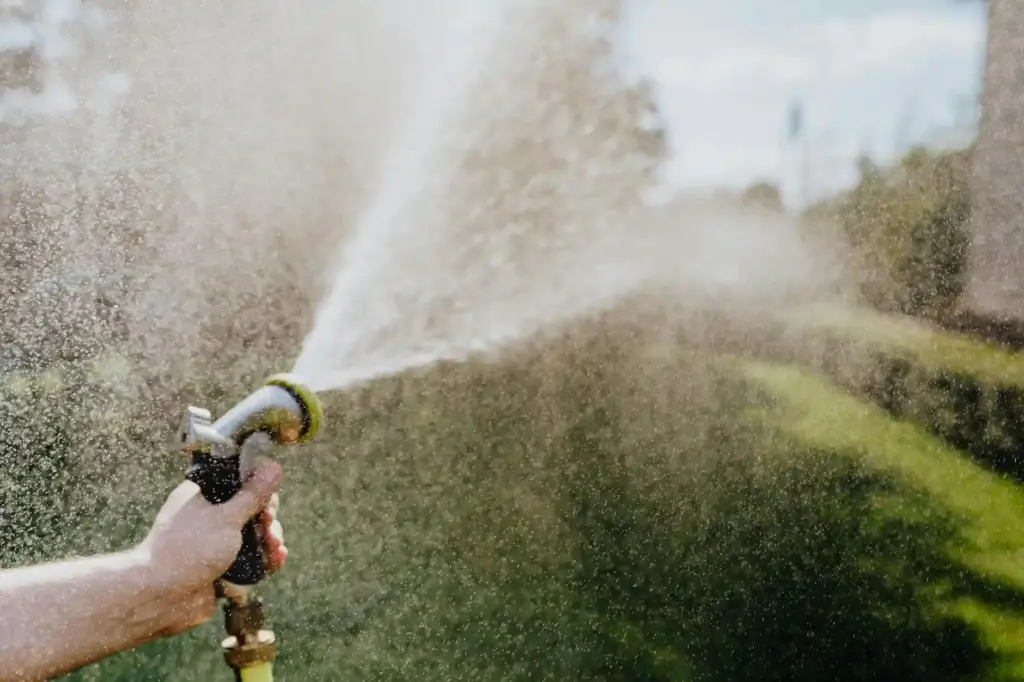
In summer, your plants face unique challenges that affect how much water they need. You’ll need to pay attention to temperature, drought signs, and the best times to water to keep your garden healthy and hydrated.
How Hot Weather Impacts Plant Hydration
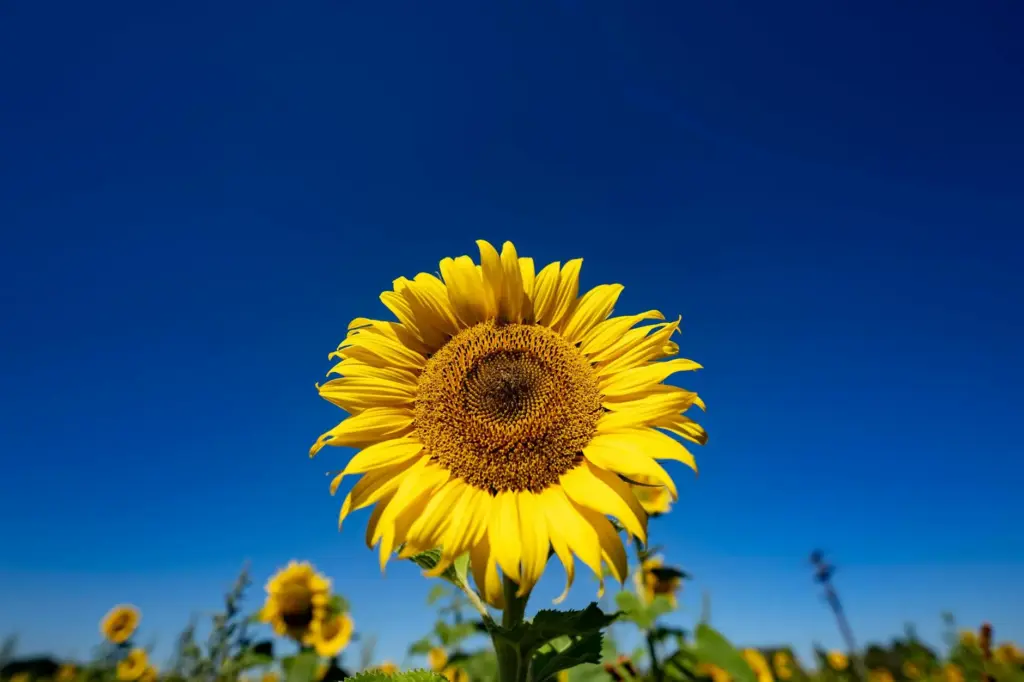
Hot weather increases evaporation, causing soil to dry out faster. This means your plants lose water more quickly through their leaves and roots.
Because the topsoil gets dry fast, watering deeply is critical. It helps water reach the roots, where plants absorb moisture and stay strong during heat.
You should avoid watering the leaves directly, as this can encourage disease. Focus on watering the base of the plant to reduce evaporation and keep foliage dry. Using drip irrigation or a soaker hose can help deliver water efficiently during hot days. For more details, see this hot summer watering guide.
Recognizing Signs of Drought Stress
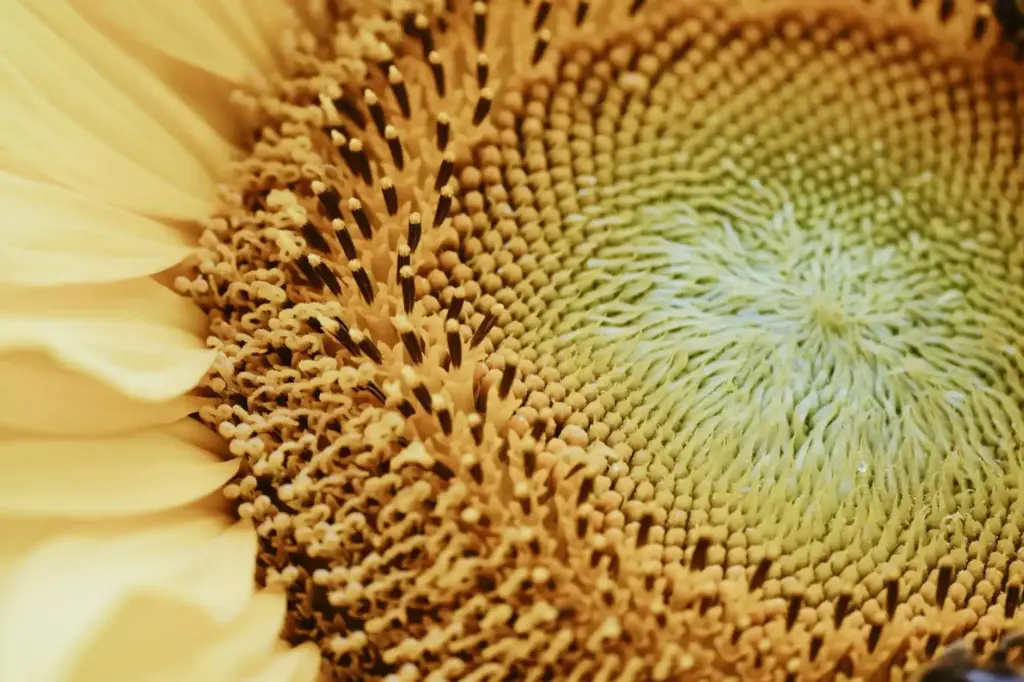
Your plants give clear signals when they need water. Look for drooping leaves, wilting, browning edges, or slowed growth.
Leaves might curl or become crispy, especially on sun-exposed sides. Soil that pulls away from the root zone is also a sign of dryness.
Not all plants show distress the same way, so check frequently especially during heat waves. Catching these signs early means you can correct watering before damage becomes permanent.
Choosing the Right Watering Schedule
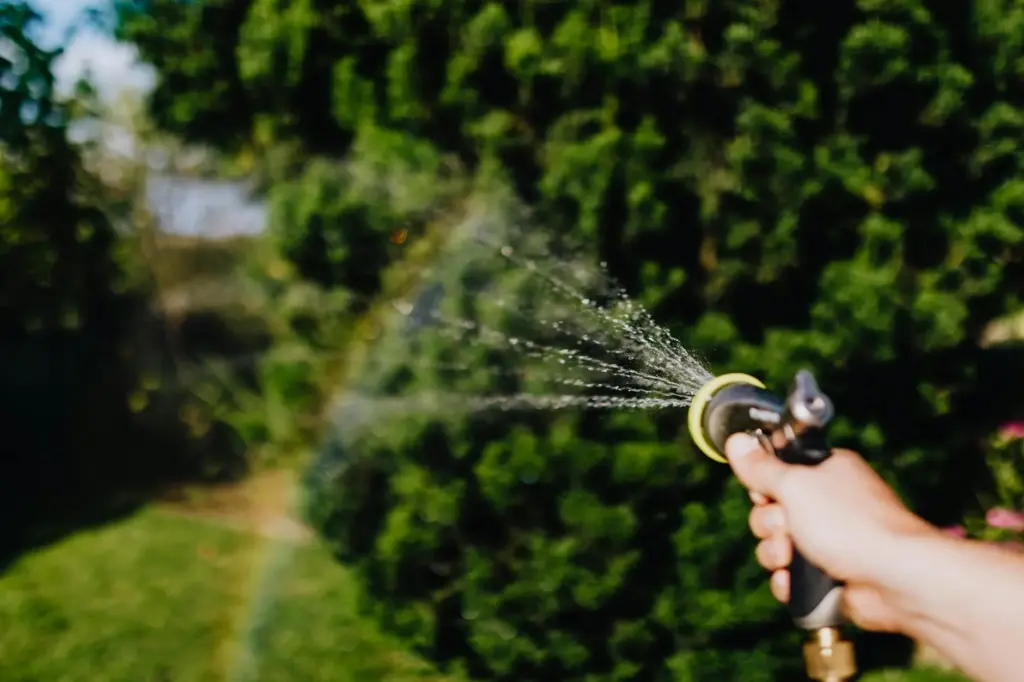
Water early in the morning or late in the evening to reduce evaporation. These cooler times allow water to soak deeply into the soil.
Most gardens benefit from deep watering once or twice a week rather than light daily watering. Deep watering encourages roots to grow downward, improving drought resistance.
Adjust watering frequency after rain or during cooler weather. Also, established perennials and groundcovers may only need supplemental water during longer hot spells. Using mulch can help retain soil moisture and cut down on watering needs.
Best Times and Methods for Summer Watering
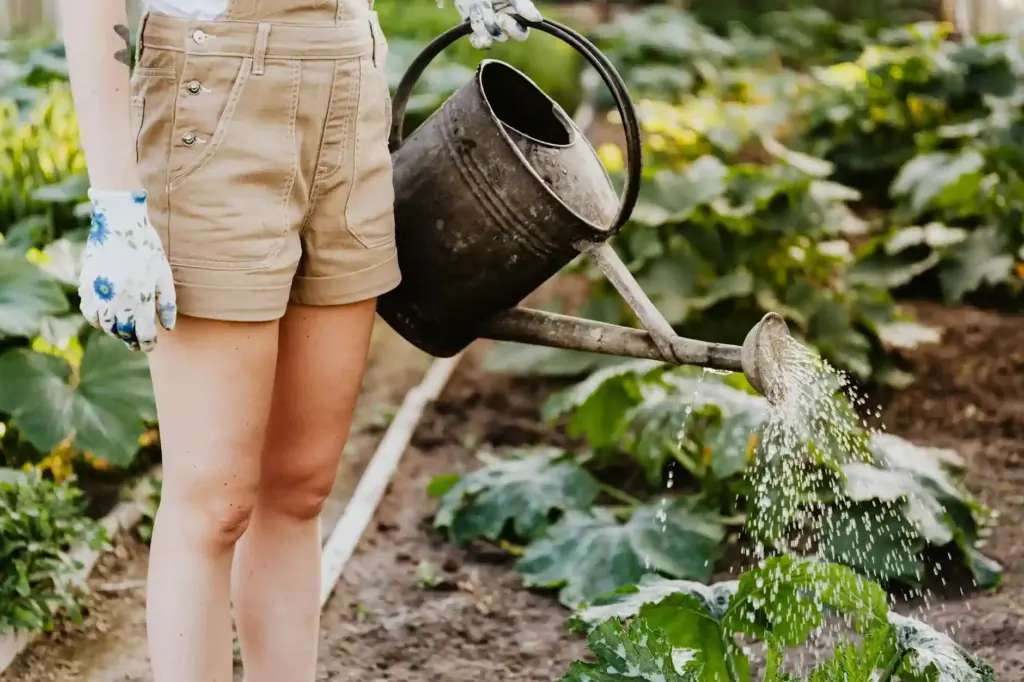
Choosing when and how to water your garden affects plant health and water use. Timing impacts evaporation, while watering methods influence how well moisture reaches roots. Using the right approach keeps your garden hydrated and thriving during hot months.
Morning Versus Evening Watering
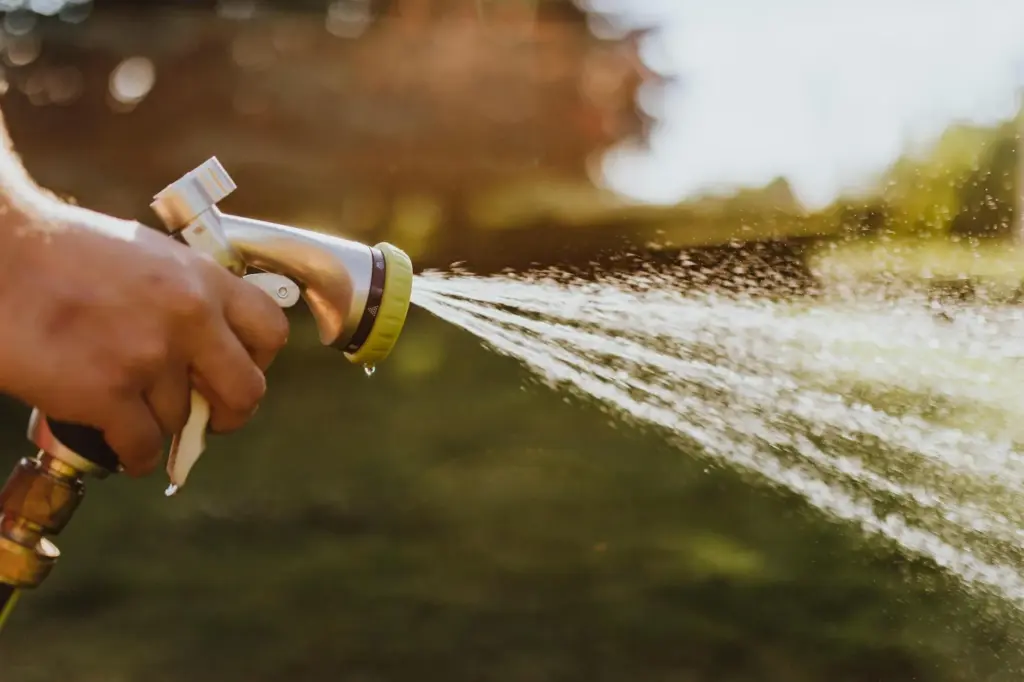
Watering in the early morning is usually best. Cooler temperatures mean less evaporation, so more water reaches the roots. Morning watering also gives leaves time to dry during the day, reducing the risk of fungal diseases.
Evening watering can work but leaves water on leaves overnight, which may promote mold or mildew. If you water late, try to do it early enough so plants aren’t wet for long periods.
Both times avoid the midday heat that causes rapid evaporation. Morning is preferable for most gardens because it supports healthy leaf drying and efficient water use.
Effective Deep Watering Techniques
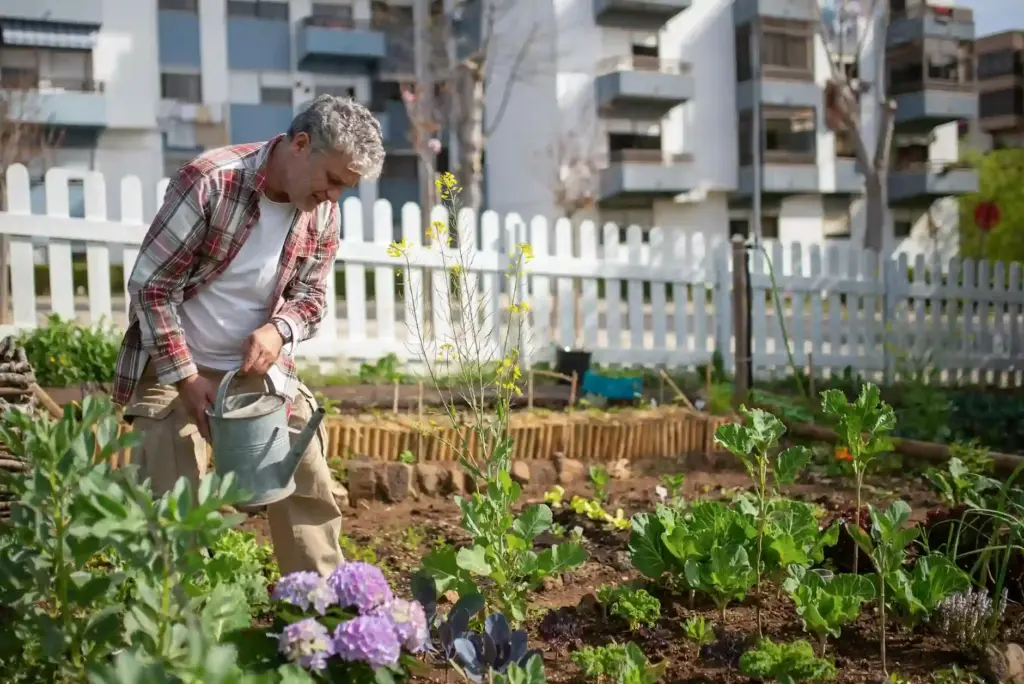
Deep watering encourages roots to grow lower into the soil, making plants more drought-resistant. Instead of frequent shallow watering, give your garden a thorough soak once or twice a week.
Use a slow, steady flow to allow water to penetrate at least 6-12 inches deep. This can be done with a soaker hose or drip irrigation. Avoid quick sprinkling since surface watering often evaporates before soaking in.
Deep watering strengthens plants by ensuring roots access moisture deeper in the soil, improving overall resilience.
Pros and Cons of Overhead Versus Drip Irrigation
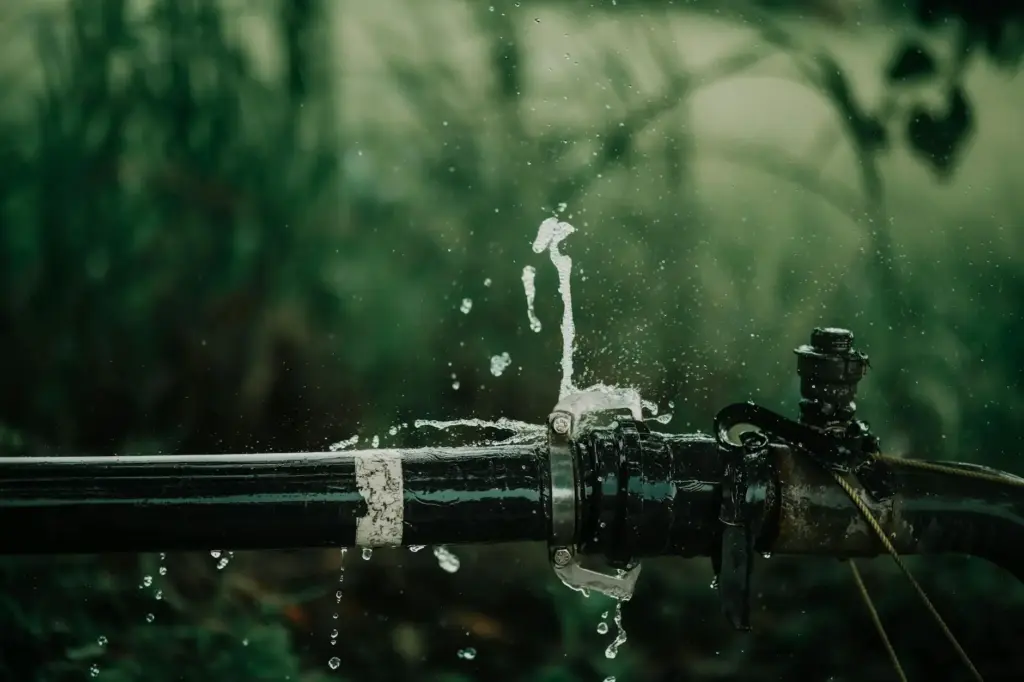
Overhead irrigation mimics natural rain and covers large areas quickly. It works well for lawns but can waste water through evaporation and runoff, especially in hot weather. Wet leaves may increase disease risk.
Drip irrigation delivers water directly to soil near roots, minimizing evaporation and water loss. It’s highly efficient and helps prevent leaf diseases by keeping foliage dry. However, drip systems need more setup and maintenance.
If conserving water and targeting specific plants are priorities, drip irrigation is usually better. For broad lawn areas, overhead sprinklers may be more practical but require careful timing.
Using a combination tailored to your garden zones can offer the best results.
Learn more about best watering practices to beat the summer heat.
Conserving Water in Hot Weather
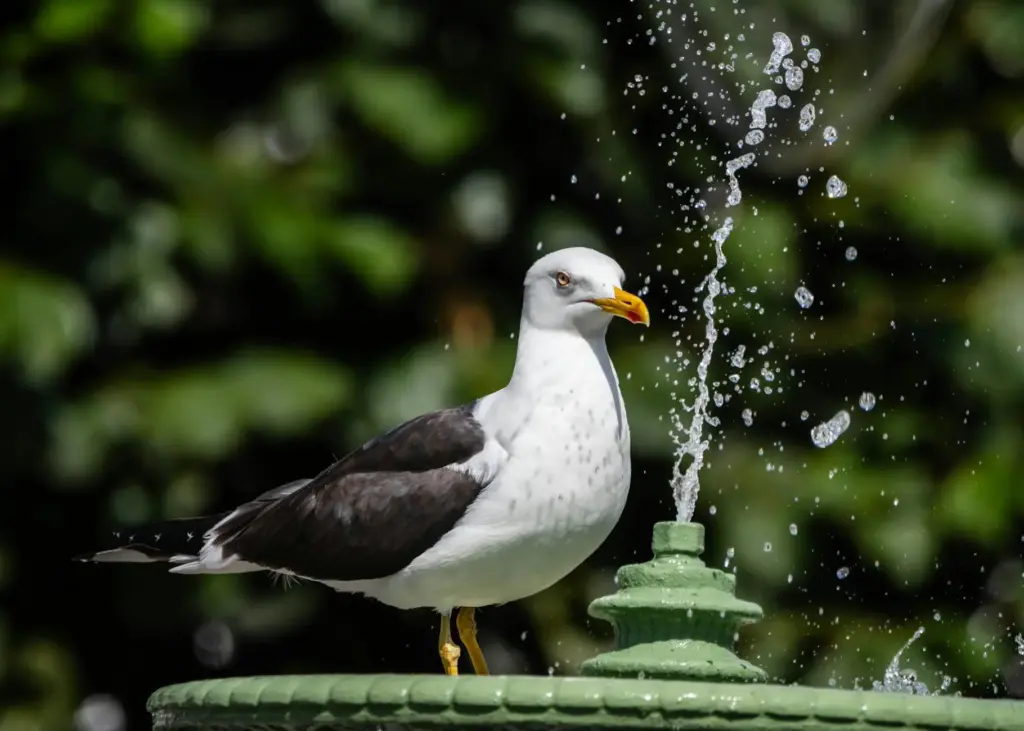
Water conservation during hot weather helps your garden survive while saving resources. Focusing on moisture retention, timed irrigation, and rainwater reuse can make a big difference in efficiency.
Using Mulch to Retain Moisture
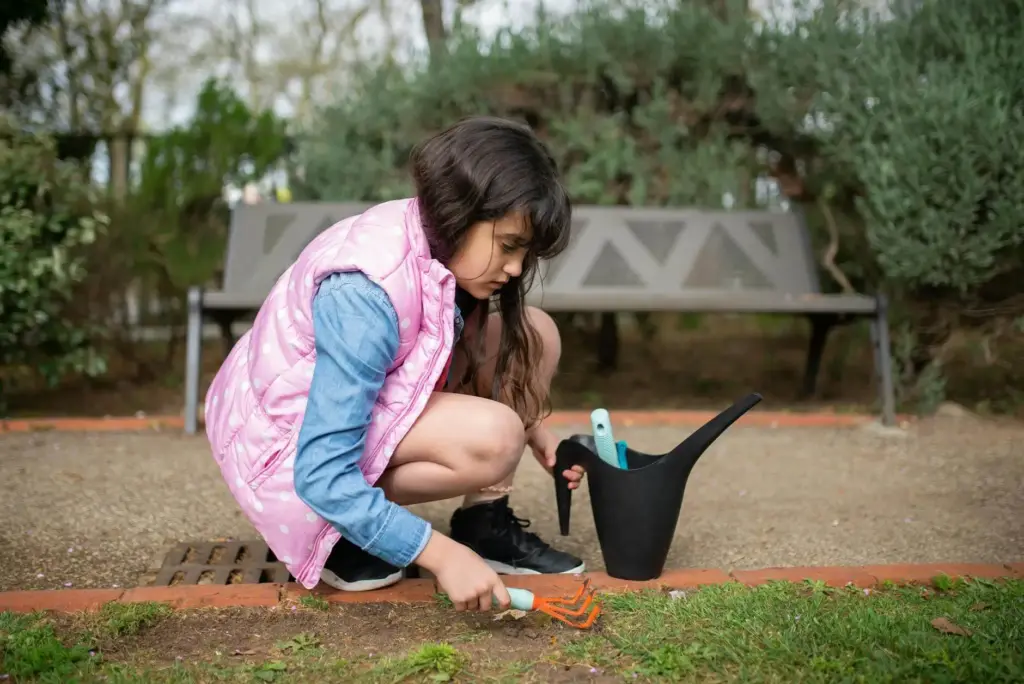
Mulch is your garden’s best friend in hot weather. It creates a protective barrier on the soil, reducing evaporation by shielding the ground from direct sun and wind.
Apply a 2-3 inch layer of organic mulch like shredded bark, straw, or compost around plants and garden beds. This not only keeps moisture in but also improves soil structure as it breaks down.
Mulching cuts down the frequency you need to water. It also helps suppress weeds, which compete for water with your plants. Keep mulch a few inches away from stems to avoid rot.
Smart Irrigation Tools and Timers
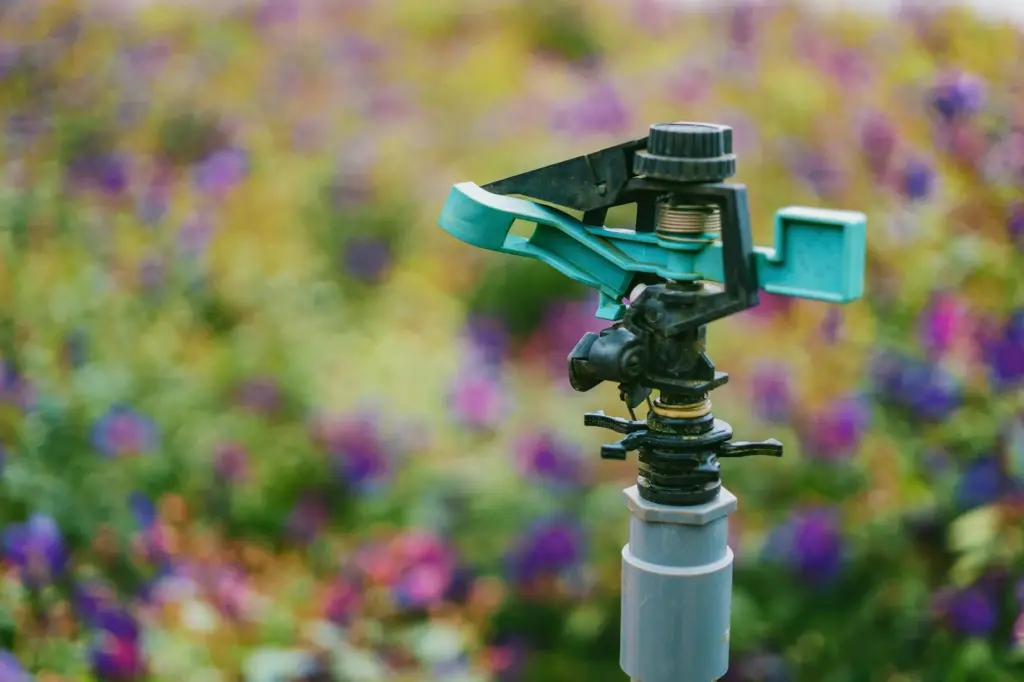
Using irrigation timers or smart watering systems helps deliver water at optimal times without wasting it. Schedule watering in early morning or late afternoon to reduce evaporation.
Drip irrigation or soaker hoses provide targeted watering directly to roots. This reduces runoff and evaporation compared to sprinklers.
Smart timers can adjust watering based on weather conditions or soil moisture sensors, so you only water when necessary. This keeps your plants hydrated without overwatering.
Collecting and Reusing Rainwater
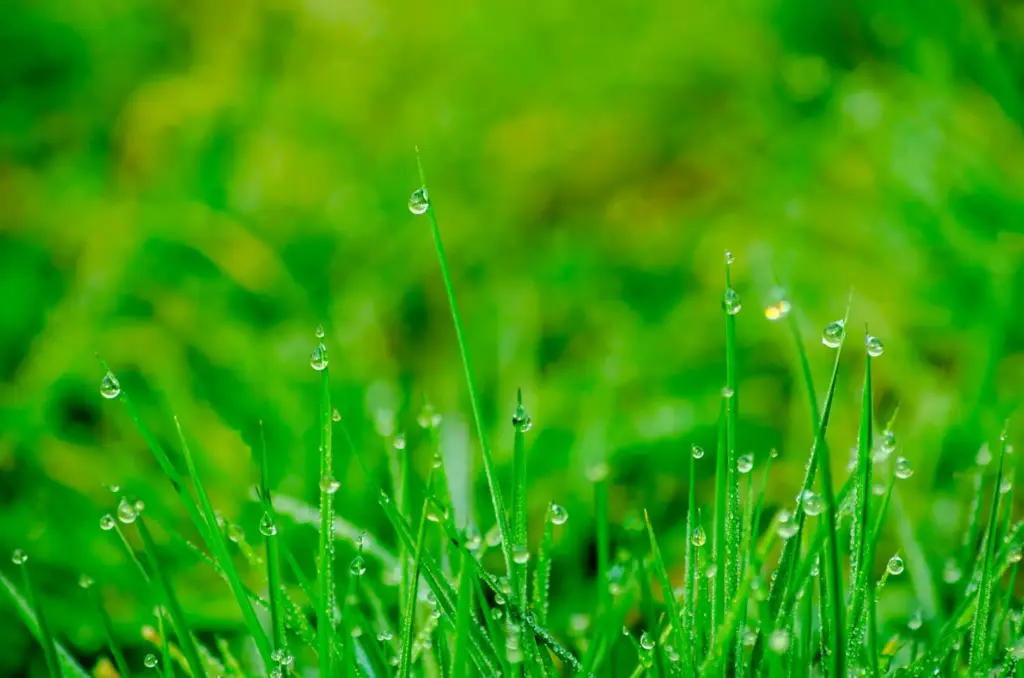
Capturing rainwater is an eco-friendly way to conserve municipal or well water. Install rain barrels under downspouts to collect runoff from your roof.
Use this stored water for irrigating your garden during dry spells. It is usually softer and closer to the natural pH plants prefer.
Make sure to cover rain barrels to keep debris out and prevent mosquito breeding. Position your barrel to fill quickly and to avoid excess overflow near your foundation.
Tailoring Watering Tips for Different Garden Types
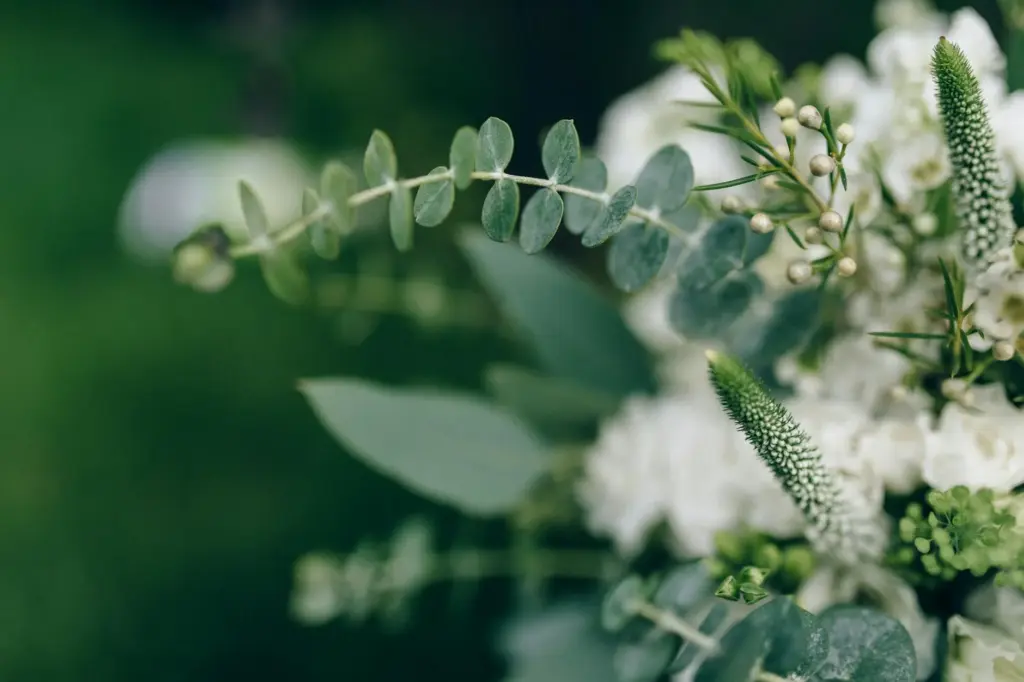
Your garden’s watering needs vary based on what you’re growing. Knowing how to adjust your watering style can help plants thrive, saves water, and prevents common issues like root rot or drought stress.
Summer Care for Flower Beds
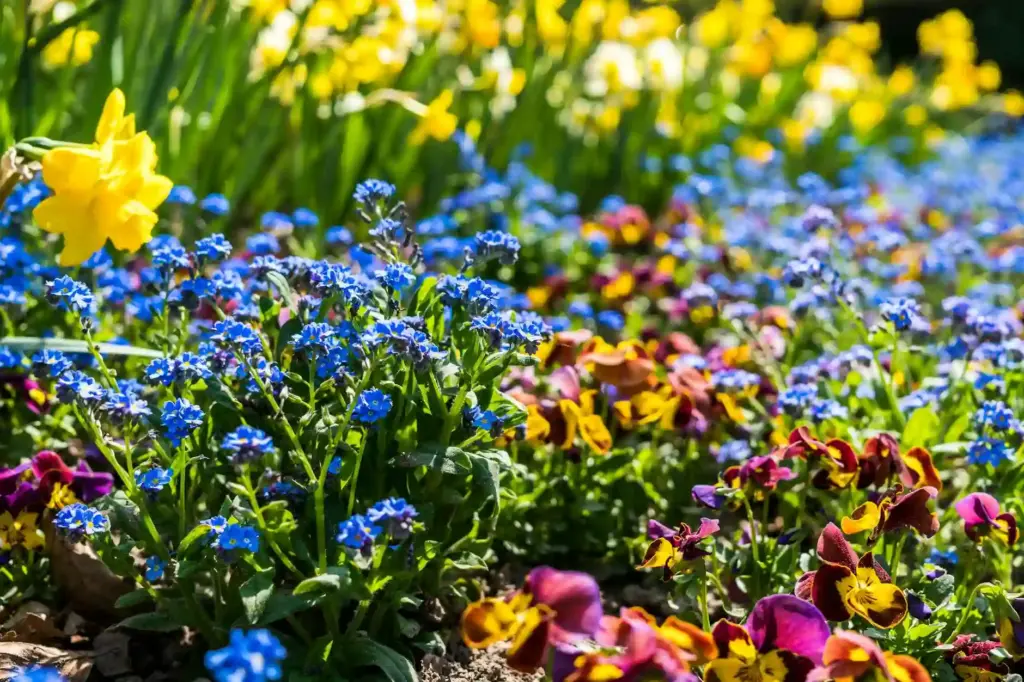
Focus on deep watering at the base of your flowers to encourage strong root growth. Use a soaker hose or drip irrigation to deliver water slowly and avoid wetting leaves, which can lead to disease.
Water early in the morning to reduce evaporation and help plants absorb moisture before the heat peaks. Check soil moisture by sticking your finger about two inches deep; if it feels dry, it’s time to water.
Mulching around flower beds helps retain moisture and keeps roots cool. Apply 2-3 inches of organic mulch like bark or compost to reduce water loss.
Watering Vegetable Gardens
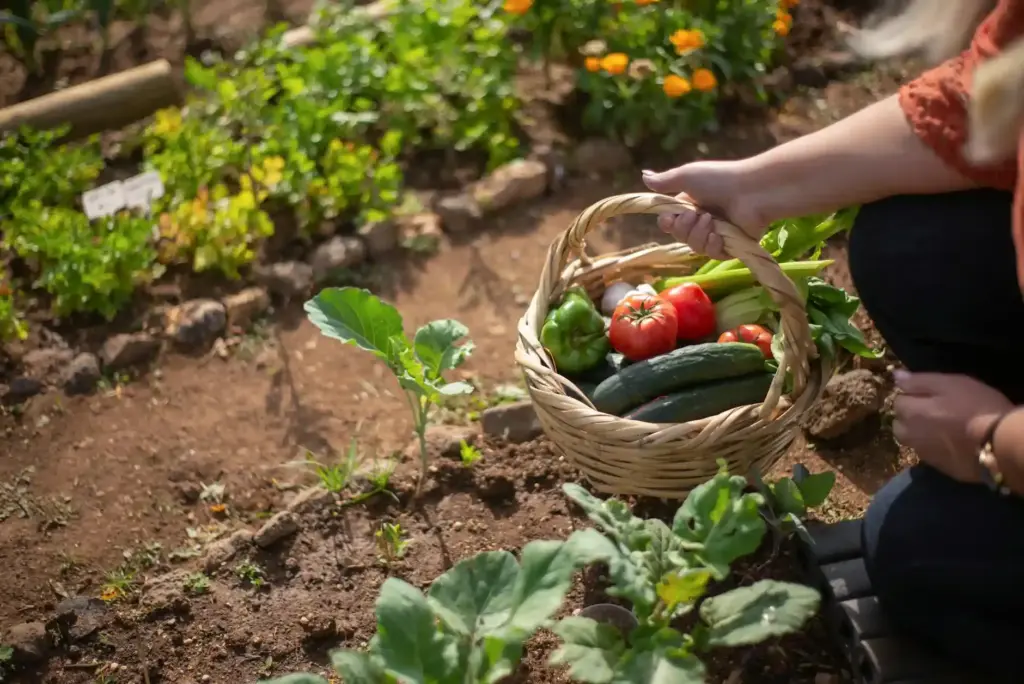
Vegetables need consistent moisture but dislike soggy soil. Aim for deep, infrequent watering rather than frequent shallow watering. This encourages roots to grow deeper and improves drought resistance.
Use drip irrigation or a watering wand to apply water directly to the soil, keeping leaves dry to prevent fungal diseases. Water in the morning when temperatures are cooler.
Monitor soil moisture regularly, especially during fruiting stages, as inconsistent watering can cause issues like blossom end rot in tomatoes or bitter tastes in cucumbers.
Caring for Lawns During Heatwaves
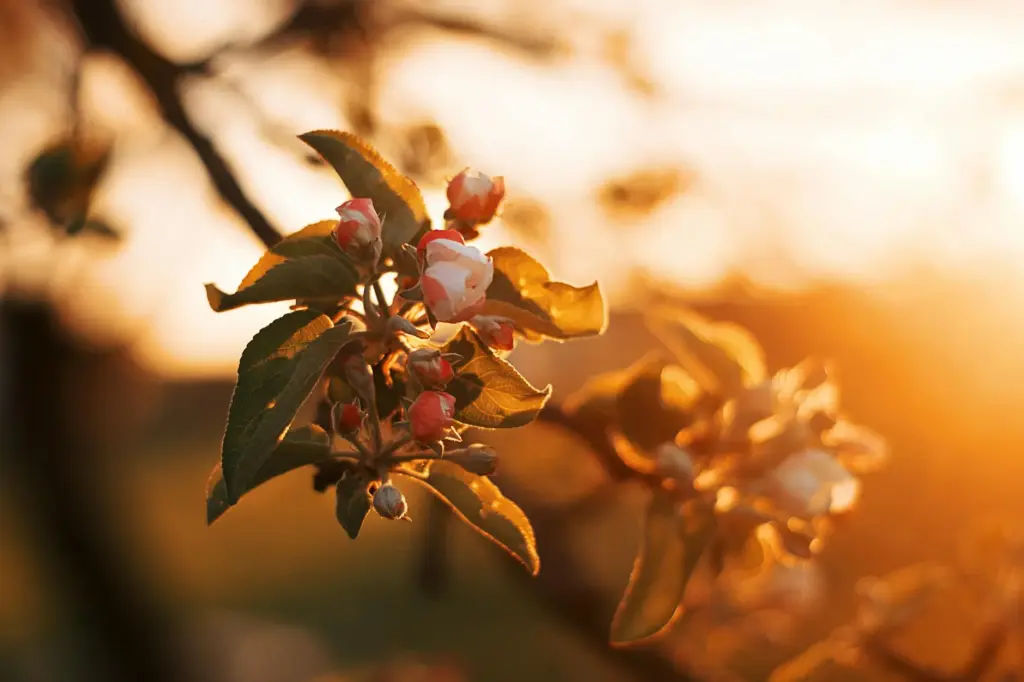
Lawns need about 2 to 2.5 inches of water every 4 to 7 days depending on your soil texture. Avoid watering every day; instead, water deeply less often to encourage deep root growth.
Water early in the morning to limit evaporation and fungal growth. Avoid watering in the heat of the day or late evening.
If you see footprints that don’t bounce back, it’s a sign your lawn needs water. Adjust watering based on your local weather and soil conditions for best results. For drought resistance, let the grass grow a little longer during hot months.
For more detailed approaches, consider drip watering systems tailored to each garden type.
Common Summer Watering Mistakes to Avoid

Knowing when and how much to water your garden can save your plants from stress. Some errors can cause serious harm, such as root rot or dry, wilted leaves. Paying attention to how your plants respond helps you adjust watering effectively.
Overwatering Consequences
Giving your plants too much water can drown their roots. Excess moisture reduces oxygen availability, often leading to root rot and fungal diseases. You might notice yellowing or wilting leaves even when the soil feels wet.
Avoid watering daily unless your plant’s soil dries quickly. Instead, let the top inch of soil dry out between waterings. Overwatering also wastes water and can encourage weeds.
Tip: Water deeply but less frequently to encourage strong root growth that reaches deeper soil moisture.
Underwatering Warning Signs
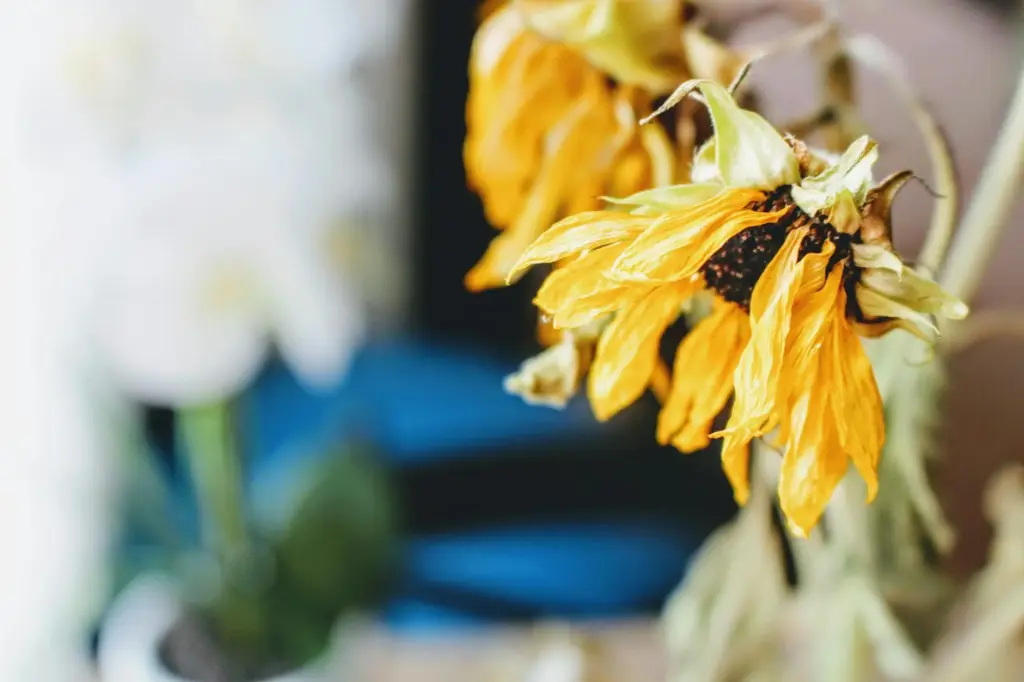
If you don’t water enough, your plants will wilt, with leaves turning dry, brittle, or curling at the edges. Soil that pulls away from pots or crackles when dry often signals insufficient moisture.
Check your plants daily during hot weather. Vegetables and young plants typically need water 2 to 3 times a week, especially when temperatures soar above 85°F. Drought-stressed plants become more vulnerable to pests and less productive.
Tip: Stick your finger into the soil — if the top inch feels dry, it’s time to water.
Ignoring Changing Weather Patterns
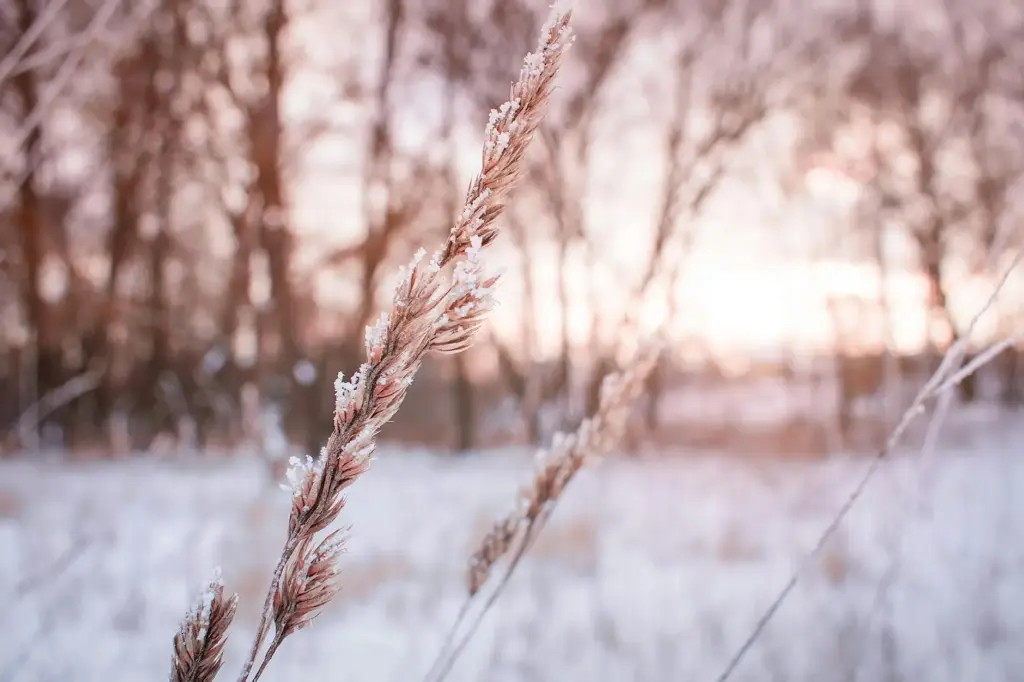
Summer weather can be unpredictable, with sudden heat waves or rainstorms. Sticking to a rigid watering schedule without checking current conditions can harm your garden.
After rain, pause watering to prevent soggy soil and disease. During windy, hot days, plants may need extra water since wind increases evaporation. Adjust your watering times and amounts as weather shifts.
Tip: Keep an eye on local weather forecasts and observe how your garden’s soil responds to stay in tune with your plants’ needs.

